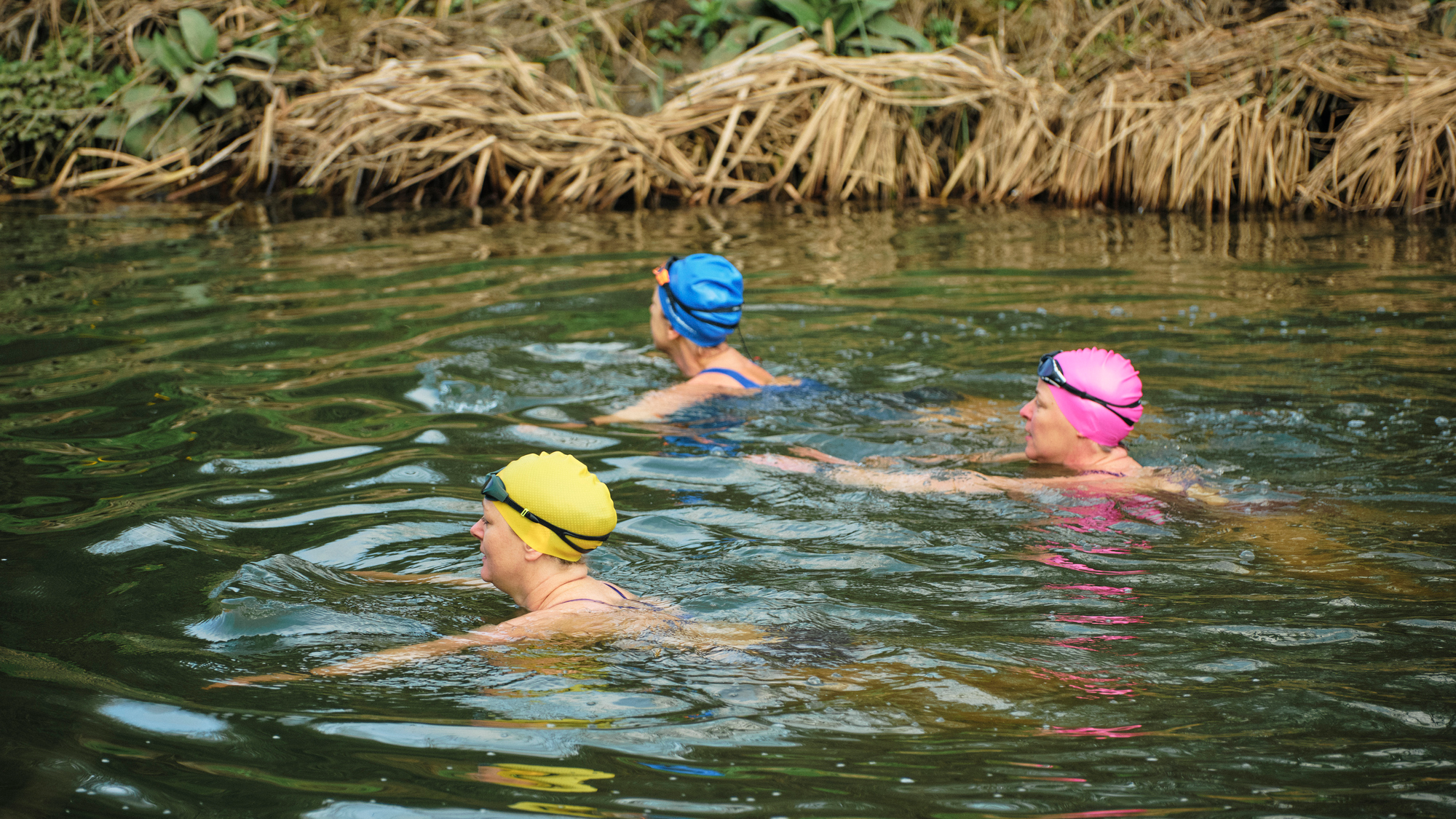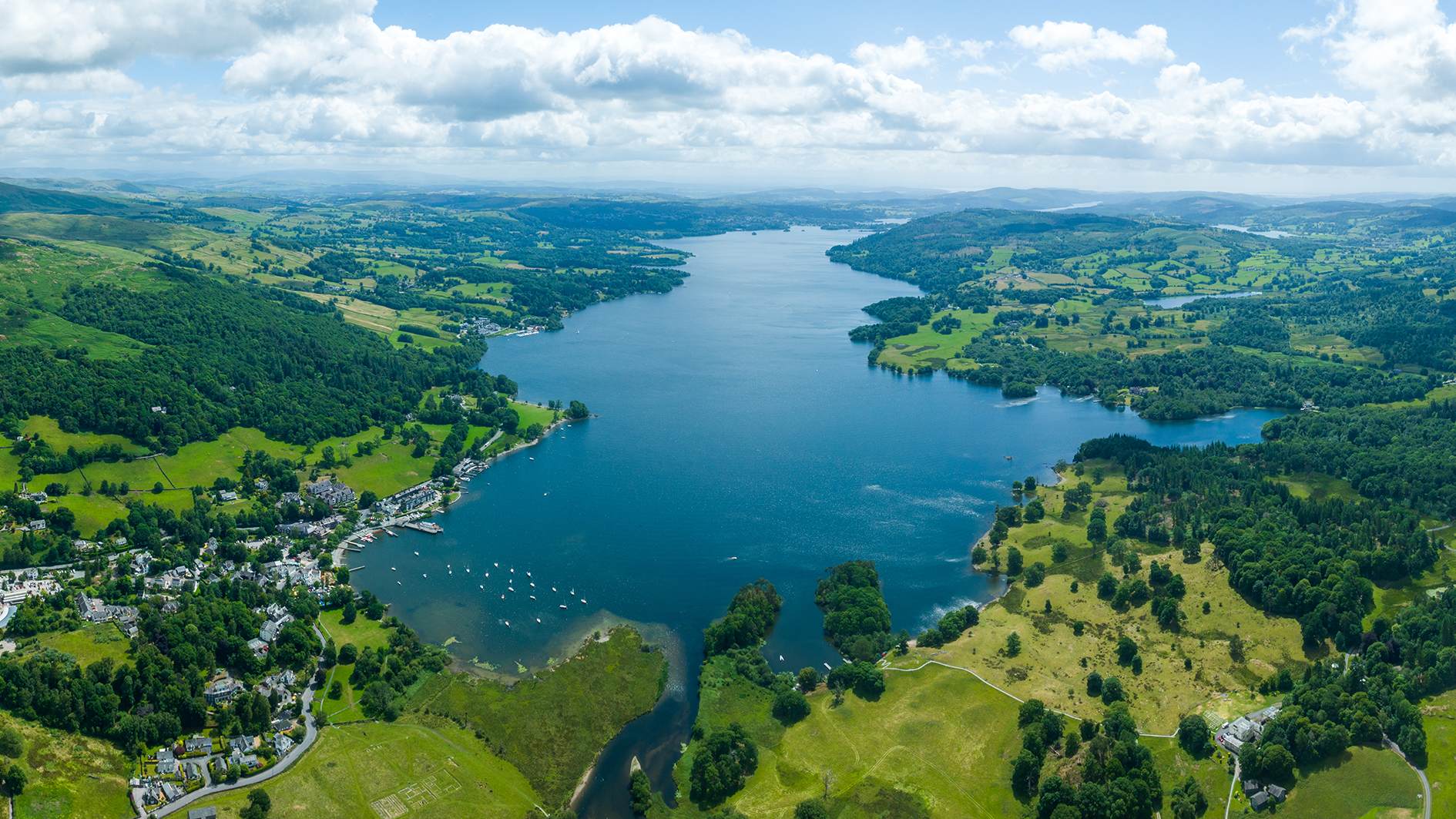'People don't understand the dangers' - experts offer open water safety advice after almost 200 fatal accidents in the UK
Swimming in rivers, lakes and other open water areas can be dangerous without proper safety precautions and prior knowledge

Authorities in England have urged people to respect open water and avoid dangerous situations after multiple deaths in water-related accidents last year.
Data from the National Water Safety Forum reveals that there were 193 fatal accidents in 2024, most taking place in inland waters, including rivers, lakes, reservoirs, canals, and quarries.
The NWSF said that many of these waterways remain extremely cold all year round and can cause dangerous cold-water shock upon entry.
"Cold water shock is the body’s response to sudden immersion in cold water, leading to an involuntary gasp, rapid breathing and loss of swimming ability," explains the NWSF website.
"This can result in drowning, especially if the person falls into the water unexpectedly."

Rescuers from the Midlands Air Ambulance advised swimmers to take precautions and stick to designated swimming areas, after 18 water-related accidental deaths in the region last year.
"Often we find that people enter the water and don't understand the dangers of it, they don't respect the water," critical care paramedic Luke Webb told the BBC.
All the latest inspiration, tips and guides to help you plan your next Advnture!
"They get into difficulty because of cold water shock, external, or they're not swimming in designated areas."
Webb advises those in trouble to lie back, float, and attempt to breathe normally to maximize their chances of survival.
Open water swimming safety
When done properly, open water swimming can be a fun and safe way to cool off and get your exercise.
If you're eager to take a dip in open waters, check out some of our expert safety advice.
- Don't swim on your own - The best way to mitigate the risks of open water swimming is by taking an experienced friend or group of fellow open water swimmers.
- Check the water quality - Dangerous bacteria like E. coli is very common in open water, especially after heavy rainfall. You can check pollution levels using the How's My Waterway map in the US and the Surfers against Sewage map in the UK.
- Look out for currents - Strong currents can present a very real danger, whether you're swimming in a river or the ocean. Make sure you know how to spot one, and if you're caught in a current, swim parallel to the shore until it peters out.
- Suit up for conditions - Reliable open water swimming kit is a non-negotiable for taking a dip in the wild. Rivers, lakes, and seas are almost always colder than open-air and indoor pools, so prepare for a chilly dip. If you feel too cold, leave the water and wrap yourself in something insulating like a reliable changing robe.
- Don't jump in - Wade into open water rather than jumping. You never know what lies beneath the surface, and a belly flop could endanger you and nearby wildlife.
For more open water swimming safety guidance, check out our expert guide.
- The best changing robes: cocoon yourself post-swim in a protective layer
- The best water shoes: fast-draining, quick-drying and ready to take you from the shore to the sea

Will Symons developed his love of the outdoors as a student, exploring every inch of Sussex’s South Downs national park and swimming off the Brighton seafront. Now a staff writer for Advnture, Will previously worked as a freelance journalist and writer, covering everything from cricket to ancient history. Like most Advnture staff, Will’s free time is rarely spent indoors, he can often be found hiking, open water swimming or playing cricket.
